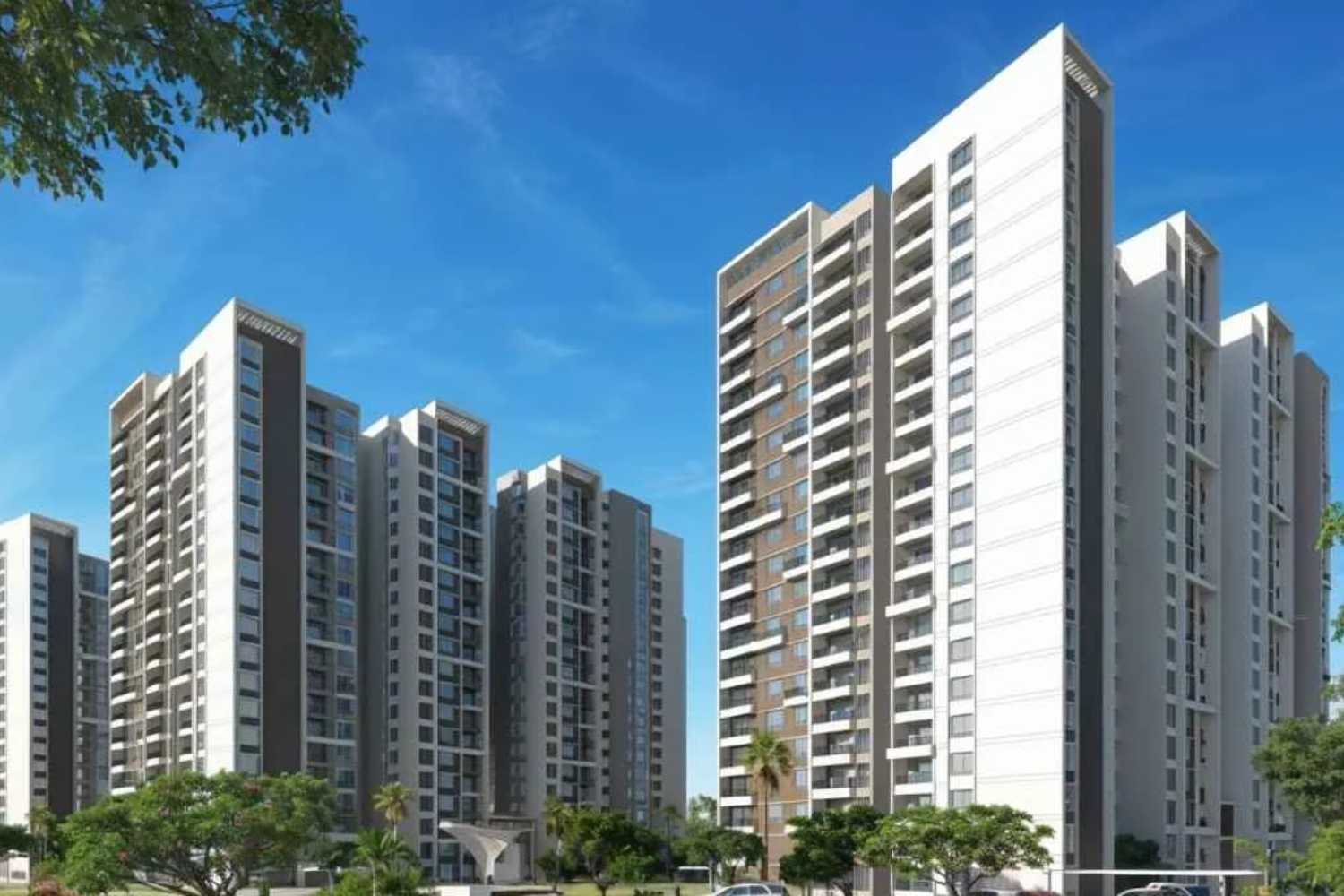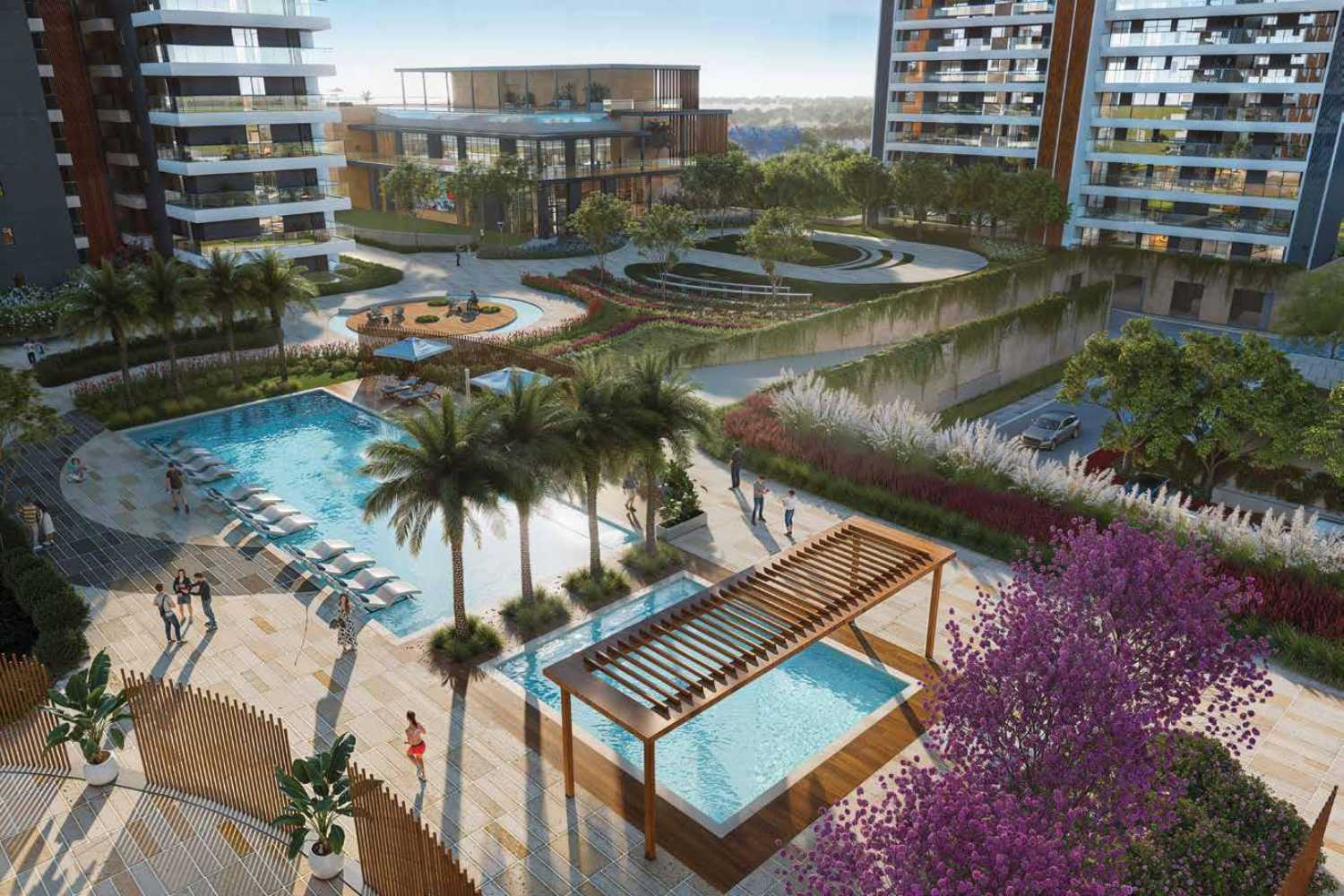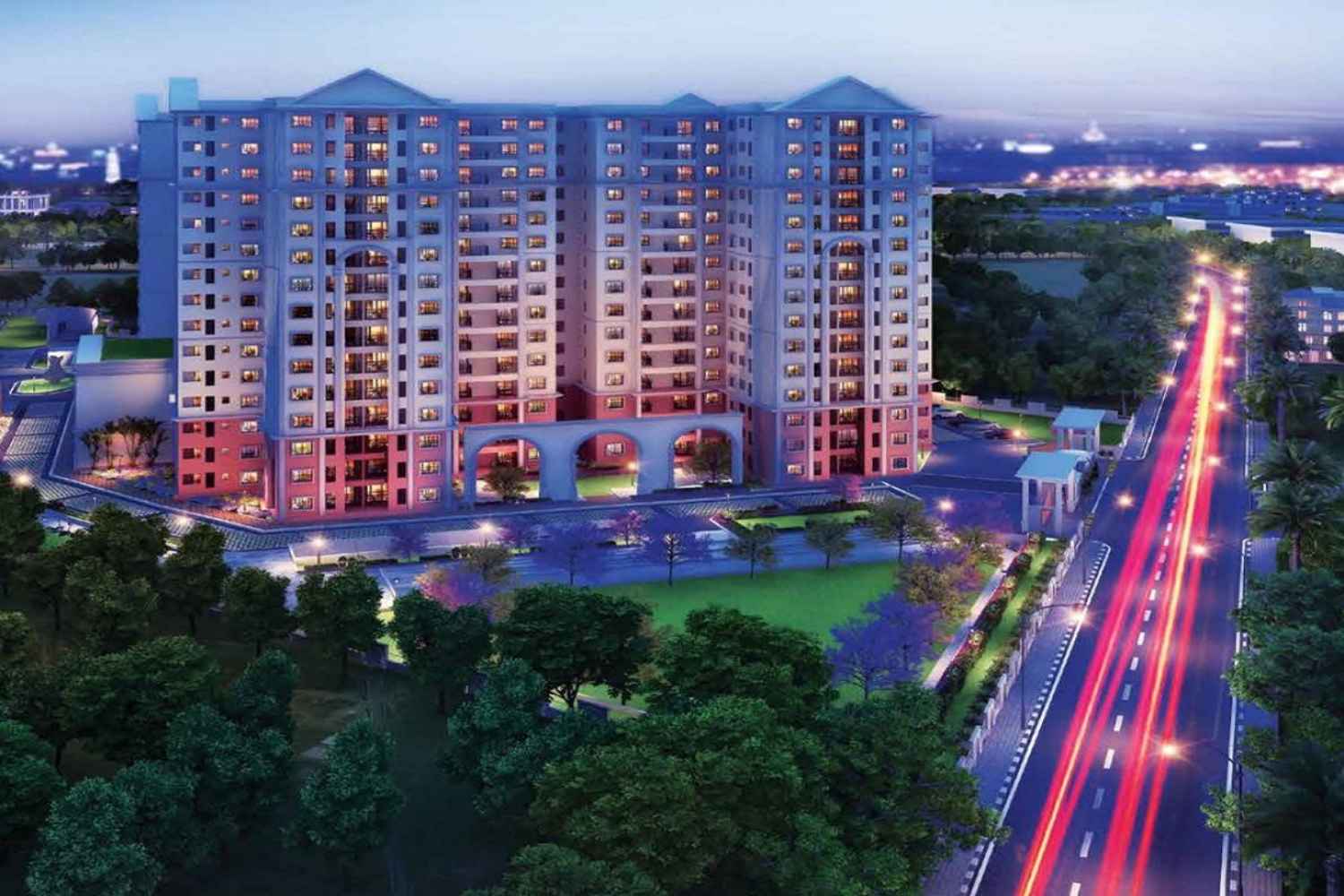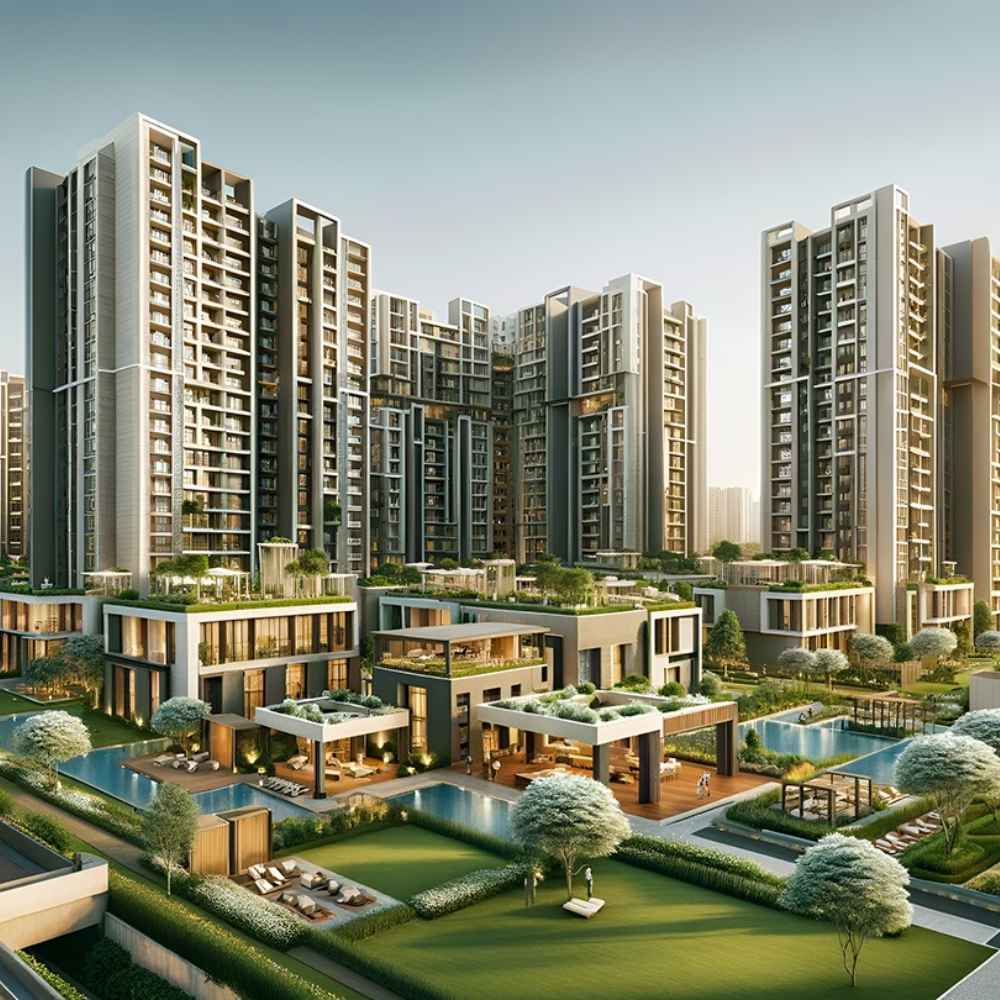Since 2010
The Shrinking Actual Apartment: Why Your New Home Feels Smaller Than Advertised Larger Area
The Shrinking Actual Apartment: Why Your New Home Feels Smaller Than Advertised Larger Area
Since 2010
Key Takeaways!
- The average loading factor in the top seven cities hit 40% in Q1 2025, up from 31% in 2019.
- MMR leads with 43% loading, Chennai lowest at 36%, Bengaluru jumps from 30% to 41%.
- RERA mandates the disclosure of carpet area but doesn’t cap loading, which is tied to amenities.
- Buyers receive 60% livable space, covering the costs of lifts, clubhouses, and safety features.
- Realty Z Estate excels in guiding homebuyers through high-loading luxury markets like MMR and Lutyens’ Delhi.
By Team Realty Z Estate | June 10, 2025 | Read Time: ~5 Minutes
If your new apartment feels tighter than the glossy brochures promised, you’re not alone. The culprit? The rising ‘loading factor’ in residential projects across India’s top cities, where homebuyers are paying for more shared amenities at the expense of usable living space. A Realty Z Estate study reveals that the average loading factor in apartments in India’s seven major markets has surged from 31% in 2019 to 40% in Q1 2025, meaning only 60% of the space you buy is yours to live in. As luxury housing demand grows, mirroring trends in Mumbai’s soaring commercial rents with Lutyens’ Delhi’s, Gurgaon and Noida high-rise boom, Team Realty Z Estate unpacks why your home isn’t measuring up and what it means for buyers as of June 10, 2025.
Trending Projects in India
1. Shapoorji Pallonji Dualis Sector 46 Gurgaon
4. Experion One Golf Course Road
7. Oberoi Realty Gurgaon Sector 58
Understanding the Loading Factor: Less Space, More Amenities
Continue Reading
The loading factor represents the gap between an apartment’s
super-built-up area (what you pay for) and its carpet area (what you use). Calculated
as [(Super-built-up area – Carpet area) ÷ Carpet area × 100], a 1,400 sq. ft. apartment
with a 1,000 sq. ft. carpet area has a 40% loading factor—400 sq. ft. goes to common areas like lobbies, lifts,
staircases, and clubhouses. Realty Z Estate’s Q1 2025 data shows Mumbai
Metropolitan Region (MMR) leading with a 43% loading factor, while Chennai has
the lowest at 36%. Bengaluru saw the sharpest rise, from 30% in 2019 to 41% in
2025, reflecting a shift in the market toward premium amenities.
- Formula
Insight: Loading % = (Super-built-up – Carpet) ÷
Carpet × 100.
- MMR Peak: 43% loading, highest among top cities.
- Bengaluru
Surge: Jumped 11% since 2019, driven by luxury
projects.
City-Wise Breakdown: Where Loading Hits Hardest
Across India’s top seven real estate markets—MMR,
Delhi-NCR, Bengaluru, Chennai, Hyderabad, Kolkata, and Pune—loading factors are
climbing. Delhi-NCR’s loading rose from
31% in 2019 to 41% in Q1 2025, mirroring Pune’s climb from 32% to 40%.
Hyderabad’s loading increased from 30% to 38%, and Kolkata’s from 30% to 39%. Chennai, at 36%,
remains the least densely populated, but even here, amenities like
larger lifts and fire escapes consume a significant portion of the carpet area.
This trend aligns with Mumbai’s commercial market, where office rents hit
₹168 per sq. ft., Gurgaon and Noida luxury high-rises, where apartments fetch ₹1 lakh+ per sq. ft.
- Delhi-NCR: 45% loading, up from 37% in 2022.
- Pune: 40%, a steady rise from 36% in 2022.
- Chennai: Lowest at 36%, but still above 2019’s 30%.
Why Loading Factors Are Rising
The surge in loading factors stems from homebuyers’
demand for luxury amenities—think clubhouses, pools, and green
terraces—coupled with urban density pressures. Modern housing projects
now include larger lifts, enhanced fire safety systems, shafts, and utility areas to
meet regulatory standards, boosting community liveability and resale
value. However, this comes at a cost: a
reduction in carpet area for residents. Opulnz Abode notes that a 30% loading was once standard, but
40% or more is now typical, especially in premium developments
like those by Max Estates in Lutyens’ Delhi or DLF’s The Dahlias in Gurugram.
- Amenity Boom: Clubhouse Pools Enhance Common Areas.
Larger Balconies & Decks
- Safety
Standards:
Larger lifts and fire escapes increase loading.
- Resale Value: Enhanced amenities boost long-term investment.
RERA’s Role: Transparency but No Cap
The Real Estate (Regulation and Development) Act,
2016 mandates developers to disclose carpet areas, ensuring buyers know their
usable space. However, RERA doesn’t cap loading factors, as amenities
are part of the project’s design, with state-specific rules varying. In high-density cities like MMR, where 43%
loading is standard, developers optimize shared spaces to enhance property
appeal, much like Gurgaon and Pune high-rises by Shapoorji Pallonji, Sobha and Godrej, which balance heritage with
modern luxury. This leaves buyers paying for premium amenities
they may not fully use.
- RERA Mandate: Carpet area disclosure has been mandatory since 2016.
- No Cap: Loading unregulated, tied to amenity offerings.
- State Variance: Rules differ across MMR, Delhi-NCR, and Chennai.
Impact on Buyers: Smaller Homes, Bigger Bills
A 40% loading factor means buyers in top
cities get only 60% of their apartments as liveable space. For a 1,500
sq. ft. home at ₹20,000 per sq. ft., you’re paying ₹3 crore, but getting
just 900 sq. ft. of carpet area—600 sq. ft. goes to shared spaces. It mirrors Mumbai’s commercial market,
where high rents (₹250/sq. ft. in BKC) reflect space scarcity, and Lutyens’
Delhi, where luxury apartments command premium prices. Buyers
must weigh amenity benefits against reduced living space, especially in investment-heavy
markets.
- Cost Hit: ₹3 crore home yields only 900 sq. ft. usable space.
- Trade-Off: Luxury amenities vs. smaller carpet area.
- Market Link: High loading akin to premium commercial
rents.
Realty Z Estate’s Take: Navigate the New Normal
“As of June 10, 2025, the 40% loading factor in
India’s top real estate markets reflects a shift toward luxury
amenities, shrinking usable home space,” says Team Realty Z
Estate. “From MMR’s 43% to Gurgaon, Noida and Delhi’s high-rise boom, buyers
need expert guidance.” We see parallels with Mumbai’s commercial surge
and Delhi’s premium residences, positioning Realty Z Estate as
your trusted partner to maximize investment value in this amenity-driven
market. Ready to find your dream home? Connect with us!
Contact Us to deep dive: https://realtyzestate.com/contact/
https://realtyzestate.com/about/
Oberland – Super Luxury Boutique Villa Community near Muktheswar
Escape to Oberland: Your exclusive haven of super luxury boutique villas nestled near Mukteshwar’s tranquility. Experience unparalleled privacy, breathtaking views, and bespoke luxury living. Invest in your dream retreat, where serenity meets sophistication.
Discover meticulously crafted villas designed for ultimate comfort and style, surrounded by nature’s embrace. Secure your slice of paradise in this limited collection of exquisite homes.











